Skin Cancer
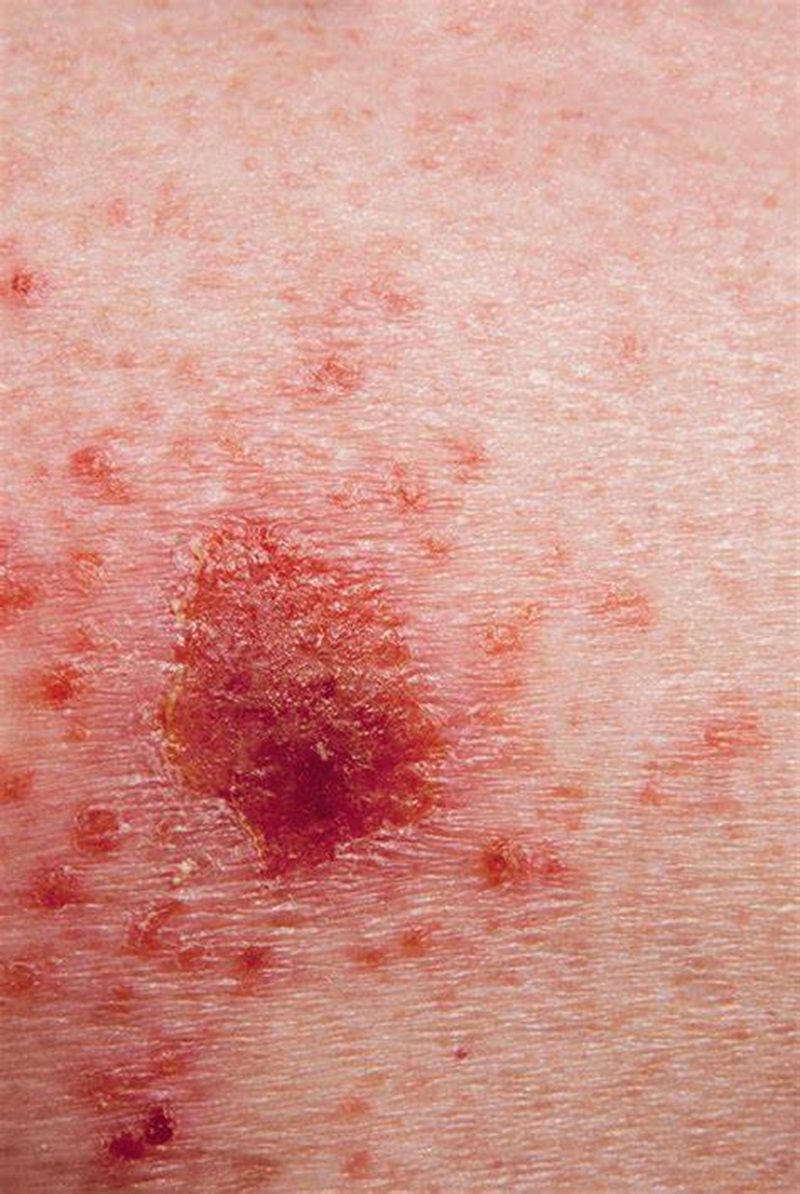
There are Non-Melanoma and Melanoma Skin Cancer which is less common however usually far more serious than Non-Melanoma Skin Cancer.
There's a good chance of Non-Melanoma Skin Cancer treatment if it's detected at an early stage therefore do not hesitate to contact your GP if you have a growth on your skin that's getting bigger and bigger or has changed colour or texture. Same applies if you have a growth or area of skin that hurts, itches, bleeds, crusts or scabs for several week.
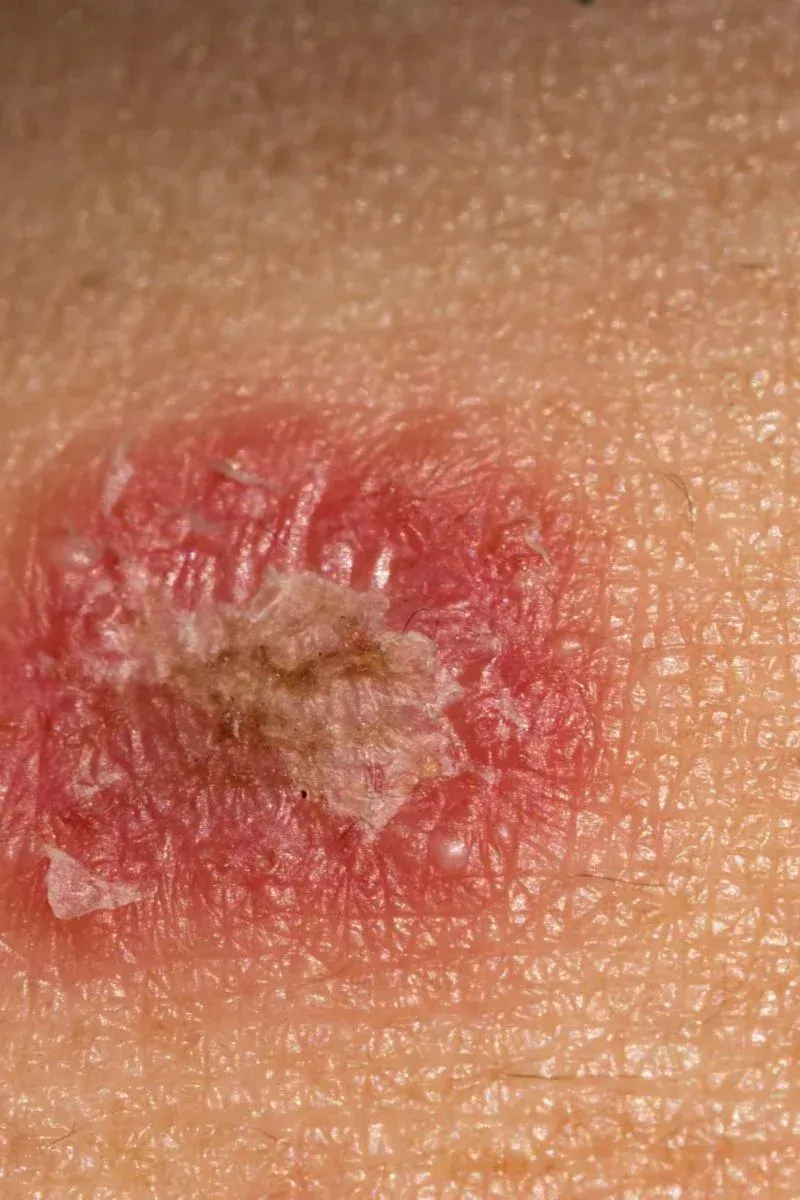
Symptoms of Non-Melanoma Skin Cancer
The main symptom of Non-Melanoma skin cancer is a growth or unusual patch on the skin.
Any part of your skin can be affected, but it's most common in areas exposed to the sun, such as the:
- head, face and ears
- neck and shoulders
- back
- hands
- lower legs
The growths or patches can vary in colour, size and texture.
Disruption of Immune Cells in Blood
A new mole or a change in an existing mole may be signs of Melanoma.
Melanomas can appear anywhere on your body, but they're more common in areas that are often exposed to the sun.
Some rarer types can affect the eyes, soles of the feet, palms of the hands or genitals.
Check your skin for any unusual changes. Use a mirror or ask a partner or friend to check any areas you cannot see for:
- Mole with an uneven shape of edges
- Mole with a mixture of colours
- Big size - large mole's
- Mole that changes appearance over time
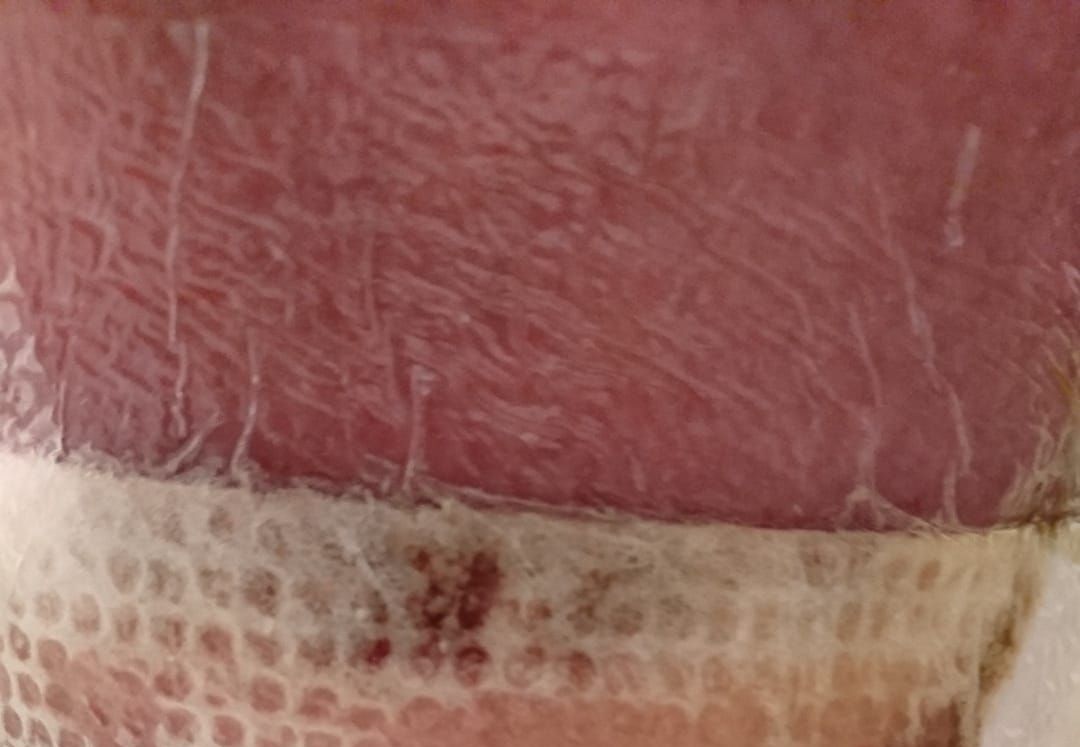
Symptoms of Melanoma Skin Cancer
The immune system of cancer patients are highly disrupted therefore who have a higher number of immune cells in their blood having a better survival rate.
Using special tool Immune Lymphocyte Estimation enable every researcher to calculate the proportion of T cells and B cells (types of immune cell) from whole genome sequencing (WGS) data.
WGS uses a blood sample to create a complete record of an individual's DNA.
Main causes of Non-Melanoma Skin Cancer
Ultraviolet (UV) light is the most common cause of non-melanoma skin cancer. It comes from the sun and is used in sunbeds.
Non-melanoma skin cancer is more common in older people, but younger people can also get it.
You're also more likely to get non-melanoma skin cancer if you have:
- pale skin that burns easily in the sun
- red or fair hair
- blue or green eyes
- a large number of freckles or moles
- had a lot of sun exposure and you've had sunburn a lot in the past
- used sunbeds a lot
- a history of skin cancer in your family or you've had skin cancer before
If you have brown or black skin, you have a lower chance of getting non-melanoma skin cancer, but you can still get it.
Main causes of Melanoma Skin Cancer
Melanocytes are skin cells found in the upper layer of skin. They produce a pigment known as melanin, which gives skin its colour.
There are two types of melanin:
a) Eumelanin and
b) Pheomelanin.
When skin is exposed to UV radiation from the sun or tanning beds, it causes skin damage that triggers the melanocytes to produce more melanin, but only the eumelanin pigment attempts to protect the skin by causing the skin to darken or tan.
Melanoma occurs when DNA damage from sunburns or tanning due to UV radiation triggers changes (mutations) in the melanocytes, resulting in uncontrolled cellular growth
Lentigo Maligna
Lentigo Maligna:
This type often develops in older people. When this cancer becomes invasive or spreads beyond the original site, the disease is known as lentigo Maligna Melanoma.
This is similar to the superficial spreading type, growing close to the skin surface at first. The tumour typically arises on sun-damaged skin on the face, ears, arms or upper torso.
It may look like a flat or slightly raised, blotchy patch with uneven borders. Colour is usually blue-black, but can vary from tan to brown or dark brown.
Acral Lentiginous Melanoma
Acral lentiginous Melanoma
This is the most common type of melanoma found in people of colour including individuals of African ancestry.
It often appears in hard-to-spot places including under the nails (subungual) and on the soles of the feet or palms of the hands.
It may appear as a black or brown area on the skin.
Nodular Melanoma
Nodular Melanoma
This is the most aggressive type of melanoma. It accounts for 10 to 15 percent of all cases.
The tumour grows deeper into the skin more rapidly than other types and is most frequently found on the torso, legs and arms, as well as the scalp in older men. It is usually invasive at the time it is first diagnosed.
This type is often recognized as a bump on the skin, usually blue-black in colour, but not uncommonly can also appear as a pink to red bump.
MELANOMA SKIN CANCER DATA Period 2019 -2024
Hospital Trials and Treatment with our NEW Medication
Mortality in EU 2019-2024: 28,927; (EU hospitals Standard Treatment)
Mortality in the UK 2019-2024: 6,835 (UK hospitals Standard Treatments)
Result using our New Medication/Treatment (Testing period 2019-2024 all age groups):
Tested patients in UK, Switzerland, Germany and Italy: 210,471
Fully recovered: 69%
Recovered (No treatments needed in the next 2 years monitoring every 6 months): 10%
Partially Recovered (Further treatments needed as precaution after 3-6months passed): 14%
Unknown Recovery/ Non-recovery: 6%
Deaths in Total: Less than 1% (The highest % in the group 46-65).
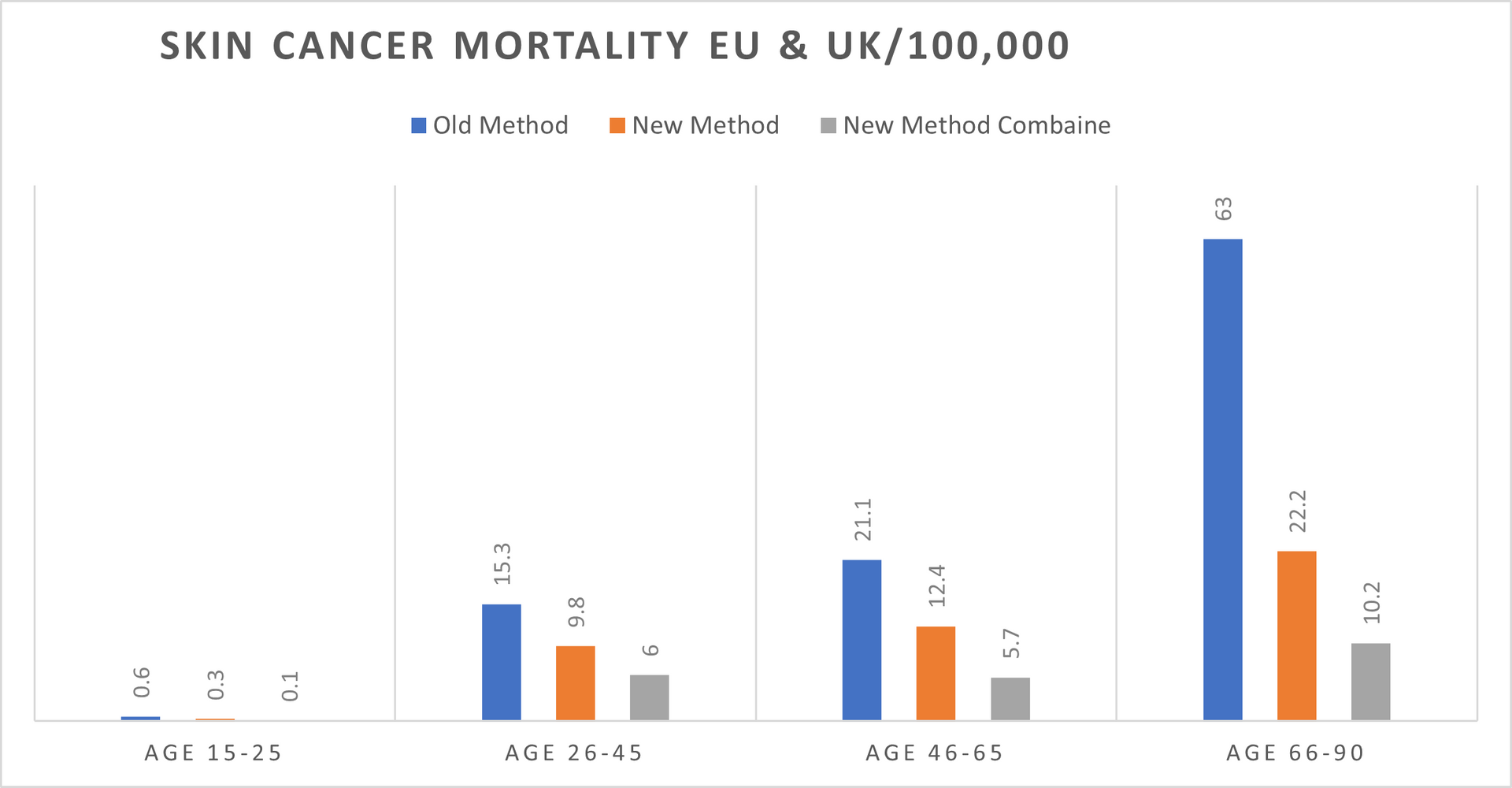
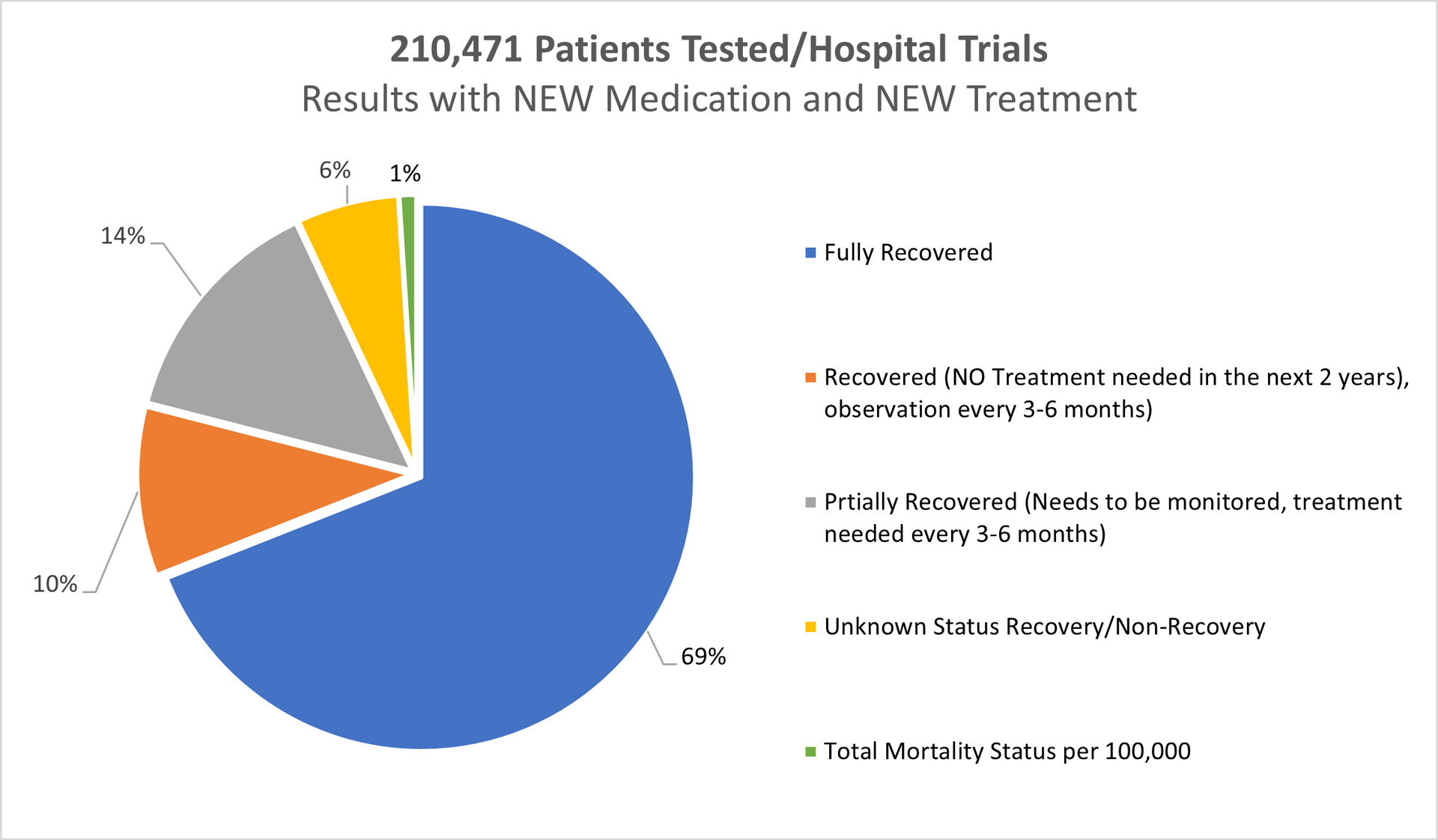
REFERENCES TO THE DATA ABOVE (Period 2019-2024):
Age Gap: The youngest person was not even 10 years of age
The oldest person was nearly 69 years of age
Gender:
Female: 118,762 of 210,471
Male: 91,709 of 210,471
Age group 10-25 > 0.6%
Age group 26-45 > 20.3%
Age group 46-65 > 44.9%
Age group 66-90 > 34.2%
---------------------------------
Total: 100%
=======================
Methods:
Old Methods meaning the STANDARD METHODS used by the hospital on a daily basis for the last minimum 5 years in Europe and in the United Kingdom.
New Methods meaning our NEW MEDICATION/TREATMENT with which we came out after over 14 years of research and tests.
New Methods Combine meaning our NEW MEDICATION/TREATMENT COMBINED in double parallel treatment > NEW MEDICATION and different way of treatment combined with chemotherapy or combined with radiotherapy or combined with chemo and radiotherapy.
Separately we tested our NEW MEDICATION combined with "OLD" methods used by the hospitals in Europe and in the United Kingdom however, the final readings cannot be 100 percent accurate and cannot be as such used for whatever comparison.
Mortality:
In the Europe 2019-2024 > 24.2%
In the United Kingdom 2019-2024 > 12.7%
With our NEW Medication/Treatment in Europe & United Kingdom 2019-2024 > Just below 1%.
The % of "Unknown Recovery / Non-Recovery" dropped again (2018/23 was 18%) to 12% mainly in the age group 26-45 which we believe has 3 different reasons for.
There is an increase of mortality in Europe for 6.2% while in the UK mortality went up by 3.4%.
All patients being chosen randomly what also might be the point of well below 1% mortality rate.
OUR RESEARCH and MORTALITY DATABASE 2019-2024
Cancer is one of the biggest health challenges worldwide. Since starting the research in 2011/12, the percentage of all deaths from cancer has risen from 9.6% in 2011 to 14.9% 10 years later; in the last 5 years this has risen again to where we now have 16.2% of all deaths recorded as cancer deaths.
Taking into consideration that in the period 2019-2024 the average European and the United Kingdom population was 760.3 million, an average 4,880,664 new cases were reported yearly during the same period. This is an ASR of 280, and a cumulative risk of 29.8%.
Breast, Colorectum, and Lung cancers were the most common cancers across both sexes.
The male population in this period, some 370.2 million, recorded an average of 2,482,117 new cancer cases per year; an ASR of 321.4 per 100,000 and a cumulative risk of 33.1%.
The top 3 most common cancers among males were Prostate, Lung, and Colorectum cancer.
The female population in this period, some 390.1 million, recorded an average 2,398,547 new cancer cases per year; an ASR of 258.6 and a cumulative risk of 26.5%.
The top 3 most common cancers in females were Breast, Colorectum, and Lung cancer.
A significant point with cancer in the female population was the drop in lung cancer to 3rd place, with colorectum cancer overtaking the 2nd place.
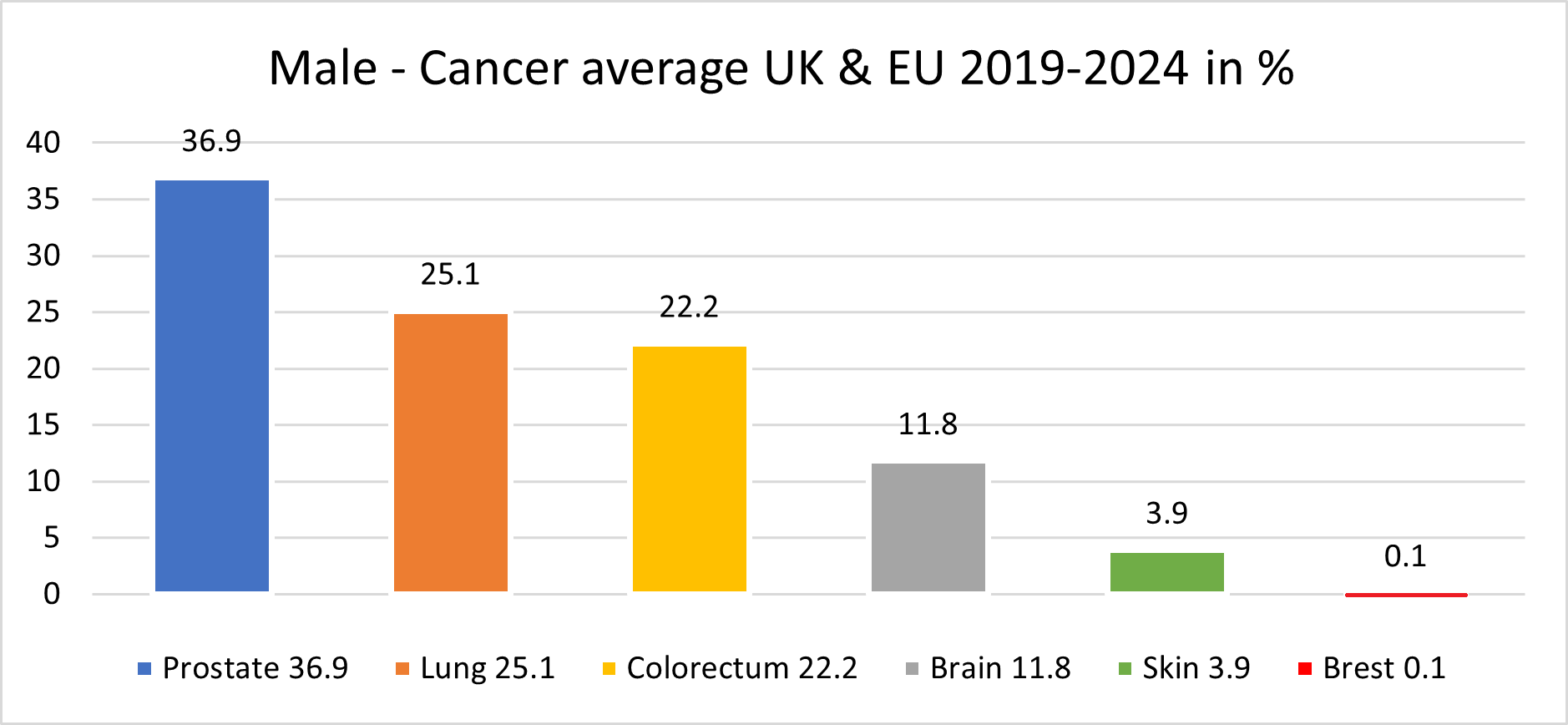
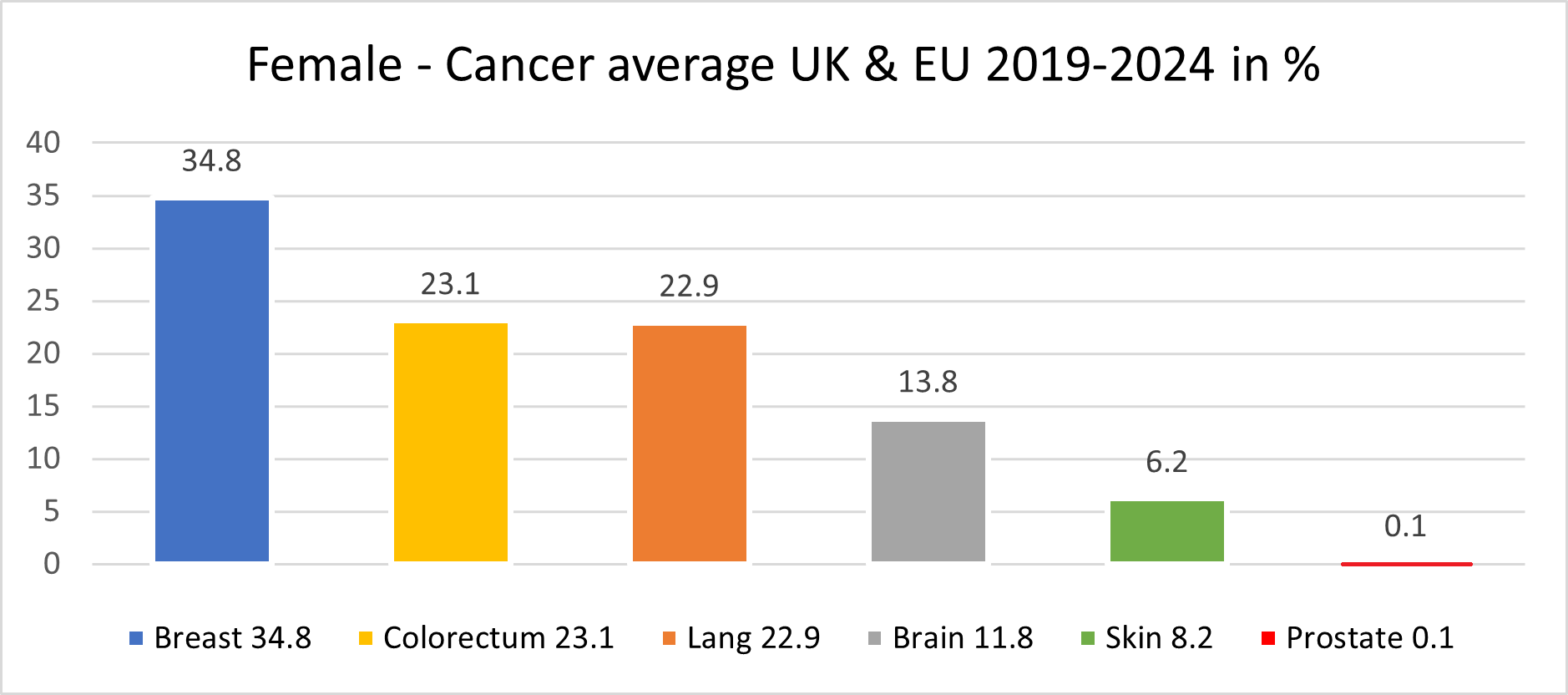
Our mortality database is a collection of death registration data which includes cause of death information from member states; we use only the data which has been properly coded to the International Classification of Diseases (ICD).
What has also changed in recent years is the age of the death rate. This had declined over time in several countries due to life improvements, early diagnoses, medical advances, and a general reduction in risk factors like smoking and even drinking. However, there is a worrying emerging trend with rates of cancer in the population group aged up to 16.
This is rising well over expectations, especially in the United Kingdom, Spain and France.
PERIOD 2018 -2023
MELANOMA SKIN CANCER DATA
Melanoma Skin Cancer
Mortality in EU 2018/23: No data available;
Mortality in UK 2018/23: No data available;
